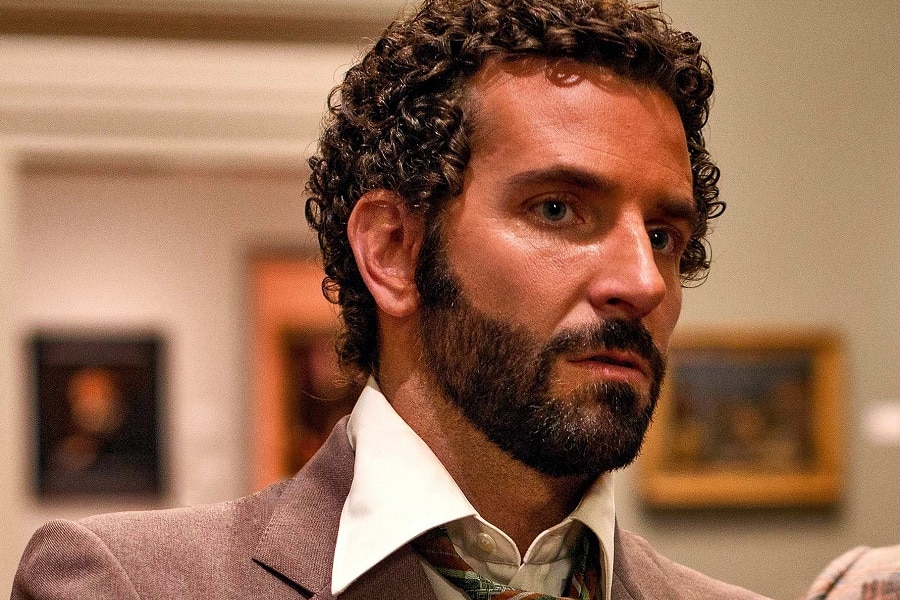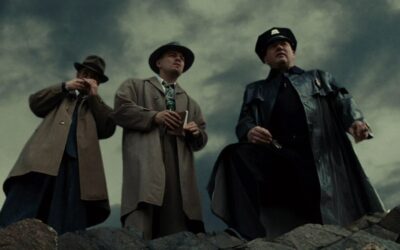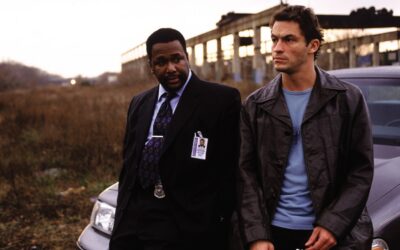
Con Artists in Fiction
In a world of detectives, criminals, and unsolved mysteries, con artists have managed to capture the essence of both hero and villain. These smooth operators slither through crime fiction and thrillers, leaving an indelible mark that resonates with readers and viewers alike. They are the wild cards in the deck, the characters who blur lines and defy expectations, keeping the pages turning and eyes glued to screens. But what exactly is it that makes these deceptive characters so irresistibly enchanting?
The love for con artists in crime fiction and thrillers may very well stem from their audacity, their daring nature that allows them to flirt with danger, yet always seeming to be one step ahead. Unlike common criminals, con artists possess a certain grace; they steal with style and charm rather than with brute force. This dance is addictive to witness. It’s a clash of wits and nerve, a psychological ballet, and it’s hard to look away. There is an intrigue about them, an element of fascination with how they twist and contort reality. They are masters of perception, artists of illusion, and their canvas is the human mind. It is this finesse, this elegance in their craft, that leaves readers and viewers secretly rooting for them, even when they are the villain of the story.
To be a lovable con artist, it seems, one must not only be clever but also possess a certain moral ambiguity that tantalizingly teeters on the edge of relatability. These characters are often imbued with an air of tragedy or a dash of noble cause, causing a twinge in the heartstrings of their audience. Whether it’s Neil Caffrey in “White Collar,” with his pursuit of art and freedom, or the irresistible charm of Frank W. Abagnale Jr. in “Catch Me If You Can,” these characters are sophisticated, complex, and, above all, human. They are not just cold, calculating machines; they have desires, fears, and emotions that mirror those of their captivated audience. It is in this mirroring that the true magic lies, allowing a piece of every reader or viewer to become part of the con artist’s tale.
When placed under a literary magnifying glass, con artists in heist fiction stand in stark contrast to other characters commonly found in thrillers. They are not the hard-boiled detectives, nor the relentless hitmen. Con artists, instead, occupy a unique space where brains triumph over brawn. Their weapon of choice is their intellect, and their battleground is the intricate web of human interactions. In heist stories, such as the charming ensemble of “Ocean’s Eleven,” these artists operate under a moral code that separates them from mere criminals. They are the thieves who steal from other thieves, the rogues with a touch of honor, painting them in shades of grey rather than stark black or white. They live in the nuance, and it is here, in this liminal space, where they are most enthralling.
The annals of fiction are brimming with memorable con artists. Literature introduced us to the cunning and resourceful Tom Ripley in Patricia Highsmith’s “The Talented Mr. Ripley.” Ripley is a character who makes imposture an art form, manipulating situations and people with the grace of a seasoned performer. On the silver screen, “The Sting” presents a dazzling duet of con artists in the form of Paul Newman and Robert Redford, who craft an elaborate scheme that is as entertaining as it is intricate. Television isn’t devoid of these magnetic characters either. Take, for example, the clever antics of James ‘Sawyer’ Ford in “Lost,” whose morally complex character allowed him to serve as both antagonist and hero in different strokes of the narrative.
For those on the hunt for a literary game of cat and mouse, the novels “The Lies of Locke Lamora” by Scott Lynch and “The Good Thief” by Hannah Tinti offer brilliant takes on con artists as protagonists, complex and richly drawn. In the cinematic world, “The Brothers Bloom” spins a quirky, heartwarming tale of two con artist brothers, while “American Hustle” delves into the dangerous, high-stakes world of FBI sting operations. On television, shows like “Leverage” showcase a team of con artists using their skills for the greater good, turning the tables on the conventional villain narrative and making heroes out of thieves.
In essence, the charm of con artists in crime fiction and thrillers is a captivating blend of intelligence, audacity, and moral ambiguity. They offer a glimpse into a world where the rules can be bent and reality reshaped. They are the unexpected variable, the spark that ignites the intrigue of a story. The loveable con artist is a paradox, both the hero we root for and the villain we can’t help but admire. They are, in all their intricate glory, the characters who steal not just fortunes, but also the very hearts of their audience.
More Crime Features
Literary Crime
Where Depth Meets Deceit
Criminal Fashion
Iconic Outfits and Styles in Crime Fiction
Ethics in Crime Fiction
Exploring Morality in Law and Order



